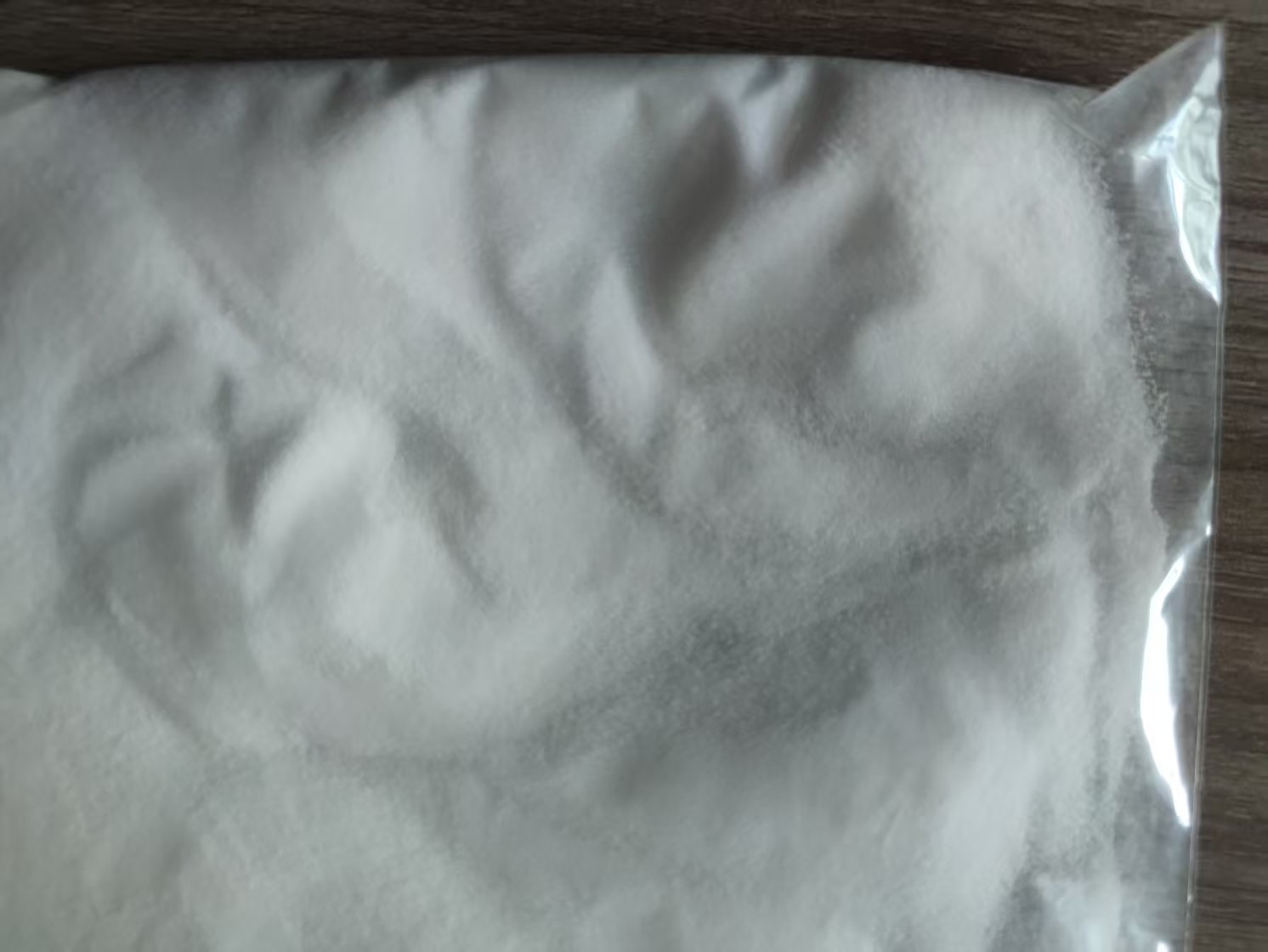
济南聚大邦成化工有限公司
联系人:张总
电话:13583111587
网址:www.jnjdbc.cn
地址:济南市天桥区新材料市场南区7-1-1
精萘的生产方法主要有熔融
-结晶法(见萘熔融-结晶精制)、加氢法(见萘加氢精制)、酸洗蒸馏法、溶剂结晶法、CO2气体反溶剂法,升华法和甲醛法等。(1)溶剂结晶法制取精萘工艺,它是以焦化厂,煤气厂的废萘渣或焦油渣(又称黑渣)为原料,经加温蒸馏截取馏分为工业萘的部分,再与溶剂混溶加温溶解,全溶后逐渐降温至室温,重新结晶,再经分离,干燥制成产品精萘。也可直接采用工业萘或生产工业萘过程中排出的水萘作提取精萘的原料。该工艺设备简单,操作容易,周期短,产品质量稳定,无环境污染。
The production methods of refined naphthalene mainly include melting crystallization method (see naphthalene melting crystallization refining), hydrogenation method (see naphthalene hydrogenation refining), acid washing distillation method, solvent crystallization method, CO2 gas anti solvent method, sublimation method, and formaldehyde method. (1) The solvent crystallization method for producing refined naphthalene is a process that uses waste naphthalene residue or tar residue (also known as black residue) from coking plants and gas plants as raw materials. The distillate is then heated and distilled to extract a portion of industrial naphthalene, which is then mixed with the solvent and heated for dissolution. After complete dissolution, it is gradually cooled to room temperature, recrystallized, separated, and dried to produce refined naphthalene. Industrial naphthalene or water naphthalene discharged during the production process can also be directly used as the raw material for extracting refined naphthalene. This process has simple equipment, easy operation, short cycle, stable product quality, and no environmental pollution.

(2)甲醛法:粗萘中的不饱和化合物和硫Chemicalbook茚等杂质在酸性介质中与甲醛缩聚成树脂状物质,经分离除去。熔融的粗萘先经浓硫酸脱水和缩聚,再用甲醛硫酸溶液进一步缩聚,分离除去树脂层,然后经加碱中和、水洗、精馏、切片,即得结晶点大于79.3℃的精萘。萘精制率约为90%。也可不经浓硫酸脱水和缩聚工序,直接用甲醛硫酸溶液精制。
(2) Formaldehyde method: Unsaturated compounds and impurities such as sulfur chemicalbook indene in crude naphthalene are condensed with formaldehyde in an acidic medium to form resin like substances, which are separated and removed. The molten crude naphthalene is first dehydrated and condensed with concentrated sulfuric acid, and then further condensed with formaldehyde sulfuric acid solution to separate and remove the resin layer. Then, it is neutralized with alkali, washed with water, distilled, and sliced to obtain refined naphthalene with a crystallization point greater than 79.3 ℃. The refining rate of naphthalene is about 90%. It can also be refined directly with formaldehyde sulfuric acid solution without undergoing concentrated sulfuric acid dehydration and condensation processes.
(3)CO2气体反溶剂法:其主要优点在于工艺简单、操作温度低(常温),选择合适的溶剂很容易使萘的纯度达到98%以上。二次结晶后可实现进一步纯化,获得纯度99%的高纯萘。CO2气体和有机溶剂均可以回收利用,节能效果显著。精萘上下游产品信息
(3) CO2 gas anti solvent method: Its main advantages are simple process, low operating temperature (room temperature), and selecting a suitable solvent can easily achieve a purity of over 98% for naphthalene. After secondary crystallization, further purification can be achieved to obtain high-purity naphthalene with a purity of 99%. CO2 gas and organic solvents can be recycled and reused, with significant energy-saving effects. Information on upstream and downstream products of refined naphthalene
推荐阅读/ Recommended reading
- 精萘接触中皮肤防护的核心要点与应对策略 2025-07-07
- 精萘结晶:探寻从液态到固态的 “华丽变身” 密码 2025-07-03
- 精萘品质 “守护者联盟”:解密生产线上的质量保卫战 2025-07-01
- 精萘 “生物分解之谜”:微生物能攻克这个难题吗? 2025-06-25
精萘作为一种常见的化工原料,其性质与应用一直受到广泛关注。了解其毒性特点和合理使用范围,对于安全操作和环境保护具有重要意义。 As a common chemical ra...







